The physical design of IoT (internet of things) includes things and different protocols. In this article we are going to learn about different IoT things and see an overview of IoT protocols.
Contents
Physical Design of IoT: Things
Things in IoT refers to IoT devices. Things have unique identities. Things can perform sensing, actuation, and monitoring. Some of the examples of things in internet of things are shown below.
Watch this video to learn about physical design of IoT:
Some of the examples of IoT devices are:
- Home appliances: smart TV, smart refrigerator, smart AC, etc.
- Smart phones and computers
- Wearables: smart watch, smart sensors, etc.
- Automobiles like self-driving cars
- Energy systems
- Retail : smart payment
- Printers
- Industrial machines
- Healthcare: smart watch, smart healthcare, etc.
- Surveillance: smart cameras, smart trackers, etc.
Things can exchange data with other connected devices and applications, collect data from other devices, and process the data either locally or send it to centralized servers or cloud. IoT devices can have several interfaces like:
- I/O interfaces for sensors
- Interface for Internet connectivity
- Memory and storage connectivity interfaces
- Audio/video interfaces
An IoT thing or device is made up of different components. The generic block diagram of an IoT thing or device is given below:
An IoT device provides connectivity interfaces like USB, RJ45, etc. It contains a microcontroller or processor for computation tasks. It provides audio/video interfaces like HDMI, RCA, 3.5mm audio channel. It contains memory interfaces like DDR. It might support graphics by providing a separate Graphical Processing Unit (GPU), it provides storage interfaces like MMC, SDIO. Finally, it might provides different I/O interfaces for connecting sensors and actuators like UART, SPI, I2C and CAN.
Physical Design of IoT: IoT Protocols
A protocol is a set of rules that governs the communication between two or more devices. A protocol defines the rules, syntax, semantics and synchronization of communication and possible error recovery methods.
Watch this video to learn about different IoT protocols:
An overview of different protocols used in IoT with respect to TCP/IP protocol stack is given below:
Link Layer Protocols
The link layer is responsible for establishing and terminating links between the nodes. The packets or datagrams travel through these links. The link layer also defines the format of packet that is to be communicated across the link and is responsible for physical addressing. The link layer also handles error detection, retransmission, flow control and access of the link. Protocols generally used at this layer are Ethernet, Wi-Fi, WiMax, LR-WPAN, cellular technologies, etc.
The summary of link layer protocols is as shown below:
Network Layer Protocols
The main role of the network layer is transfer the packet from sender to receiving host. The network layer also handles routing, which involves selecting the next node and forwarding the packets across the communication path. The network layer is also responsible for logical addressing (like IP address) and for congestion control which prevents the network from being overloaded with traffic.
Different protocols at network layer are:
- IPv4 (32-bit addresses)
- IPv6 (128-bit addresses)
- 6LoWPAN (IPv6 over Low power Wireless Personal Area Network)
Transport Layer Protocols
The main role of transport layer is providing end-to-end communication between the applications running on hosts. The transport layer provides a logical communication channel through which the end applications can communicate with each other. The transport layer is implemented on the end hosts. It is not present in the routers. The transport layer is also responsible for the reliable delivery of the message across the end nodes, flow control and multiplexing and demultiplexing of the channels at end nodes.
Different protocols at transport layer are:
- TCP (Transmission Control Protocol)
- UDP (User Datagram Protocol)
Application Layer Protocols
The application layer is where the users of an IoT application interact with the IoT application/system. The application layer allows the users to interact with the IoT sensors and access other services provided by the communication network. The application layer provides services like authentication, naming, message formatting, email, etc, to the users.
Different protocols at transport layer are:
- HTTP (HyperText Transfer Protocol)
– Uses TCP, Stateless, Request-Response Model
- CoAP (Constrained Application Protocol)
– Uses UDP, Request-Response Model
- MQTT (Message Queue Telemetry Transport)
– Follows publish-subscribe model
– No security
– Used with low power devices
- XMPP (Extensible Messaging and Presence Protocol)
– Real-time communication, For sending XML data
- AMQP (Advanced Message Queuing Protocol)
– Supports both point-to-point and publisher-subscriber models
– High performance and secure protocol
– Uses TCP
- WebSocket
– Full-duplex connection over a single socket connection
– Uses TCP
- DDS (Data Distribution Service)
– Middleware standard, Reliable than MQTT
– Follows publish-subscribe model
– Uses UDP

Suryateja Pericherla, at present is a Research Scholar (full-time Ph.D.) in the Dept. of Computer Science & Systems Engineering at Andhra University, Visakhapatnam. Previously worked as an Associate Professor in the Dept. of CSE at Vishnu Institute of Technology, India.
He has 11+ years of teaching experience and is an individual researcher whose research interests are Cloud Computing, Internet of Things, Computer Security, Network Security and Blockchain.
He is a member of professional societies like IEEE, ACM, CSI and ISCA. He published several research papers which are indexed by SCIE, WoS, Scopus, Springer and others.

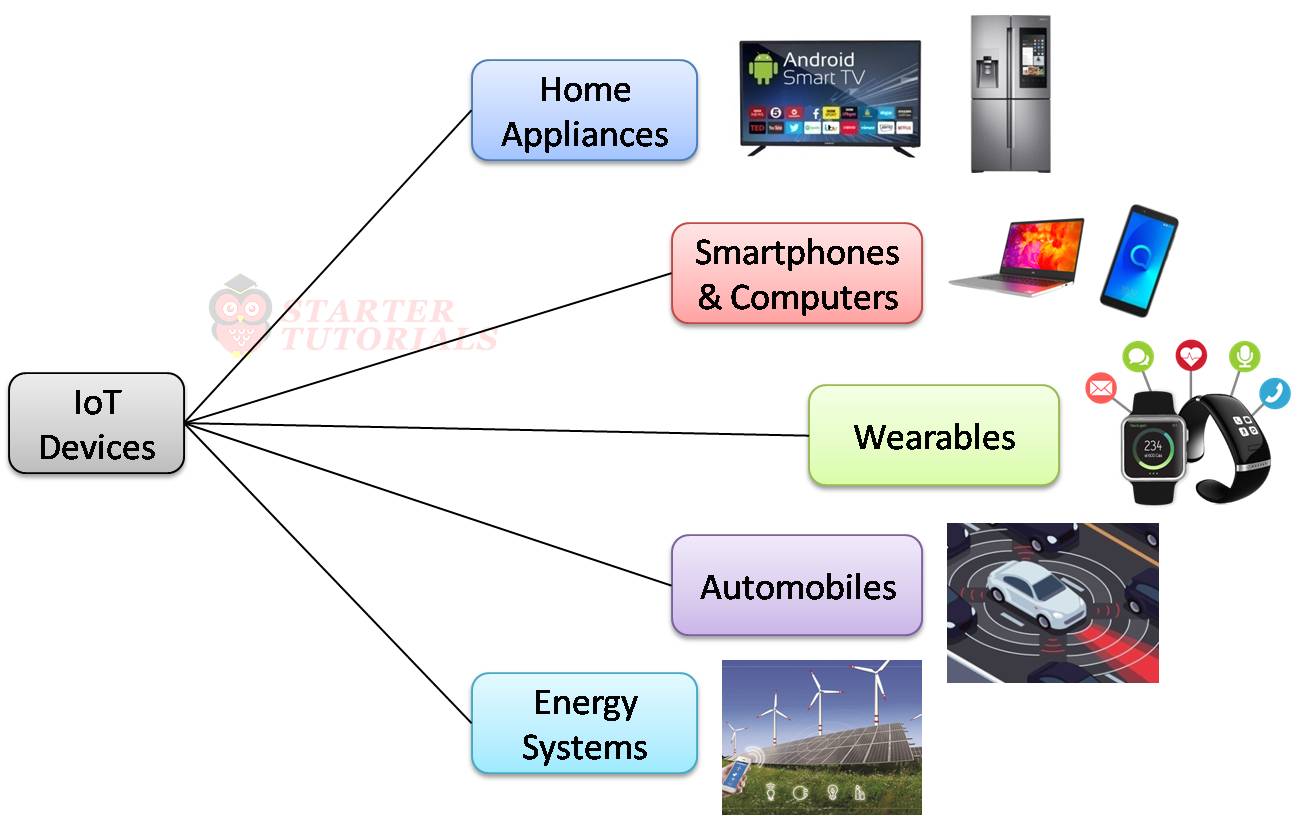
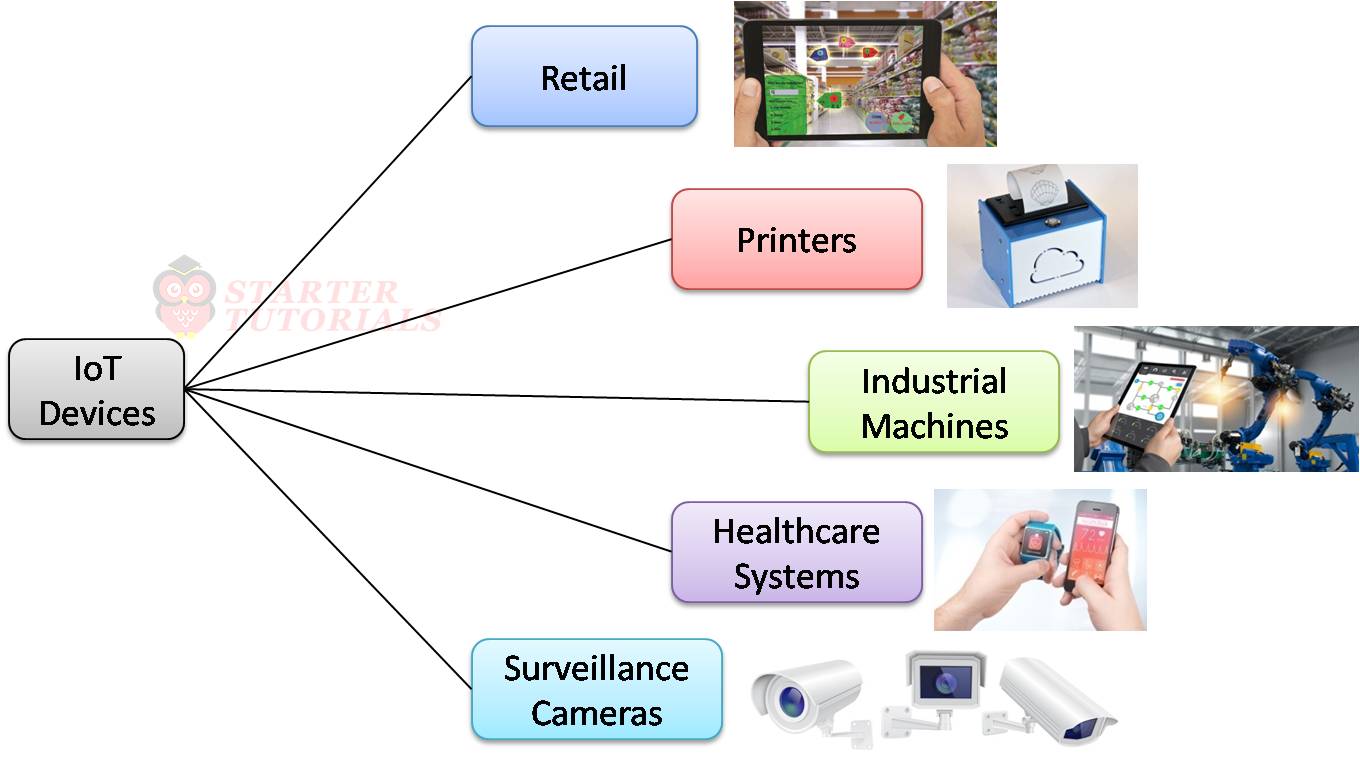
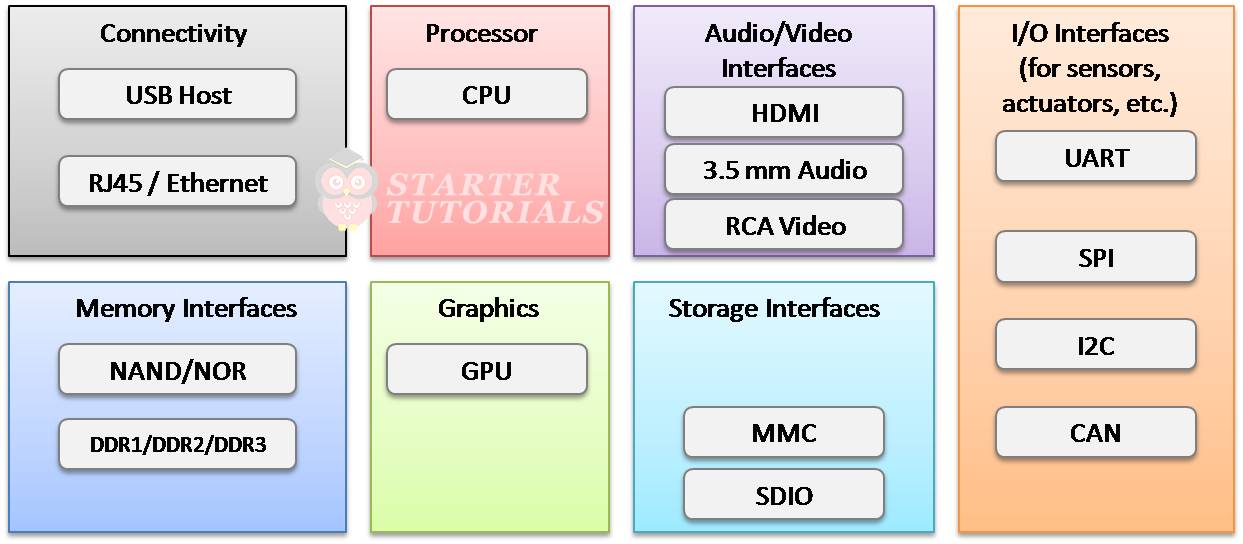
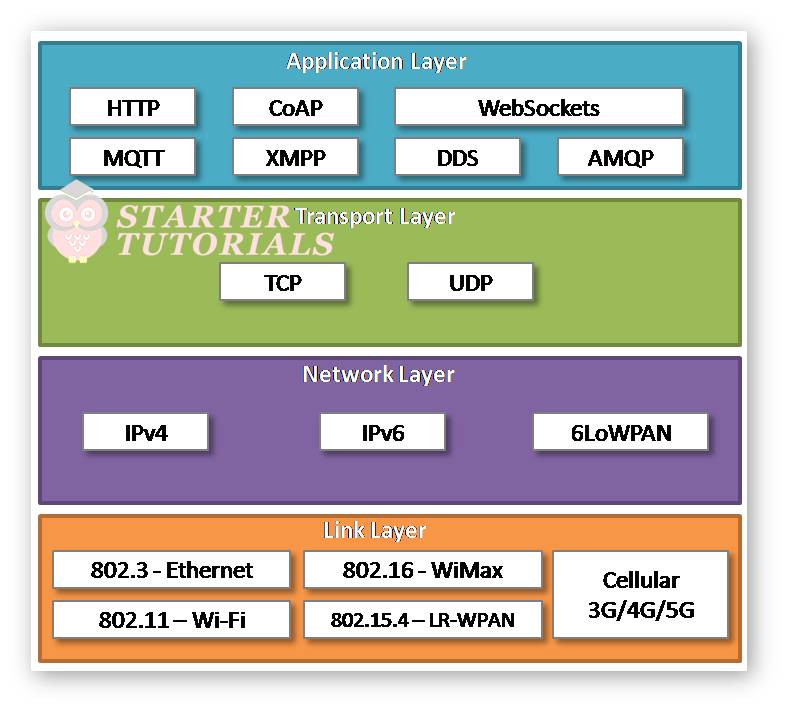
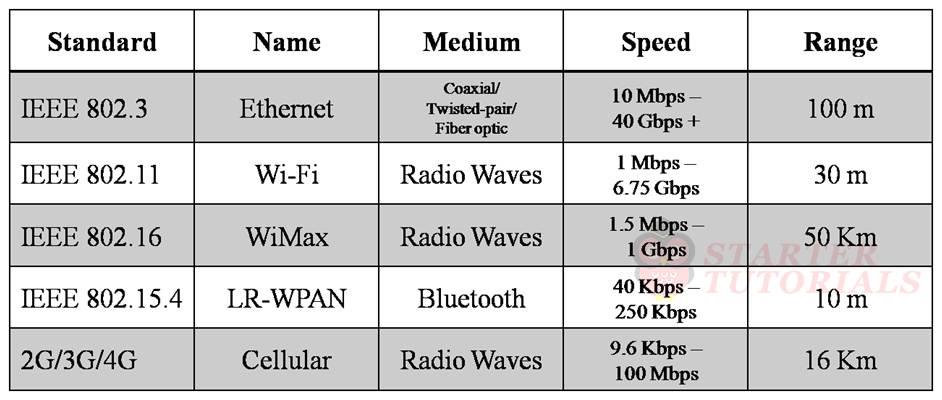
Leave a Reply